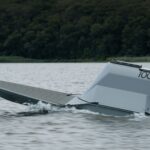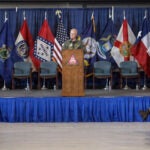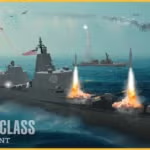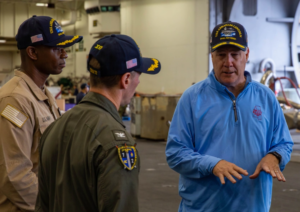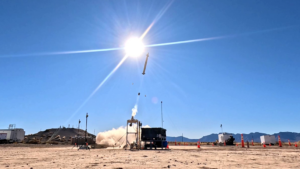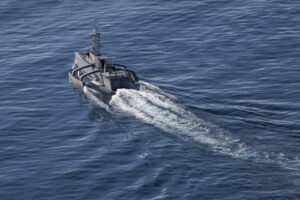
The Navy’s second Unmanned Systems Integrated Battle Problem (UxS IBP) is focused on integrated unmanned systems together rather than working with crewed platforms, a Navy official said this week. U.S. Pacific Fleet began the latest UxS IBP 23.1 event on May 1, which it uses to test and develop various unmanned concepts and capabilities in the 3rd Fleet. The event is due to conclude on May 12 following final test events that day (Defense Daily, May 5). Previously, the first…

 By
By 